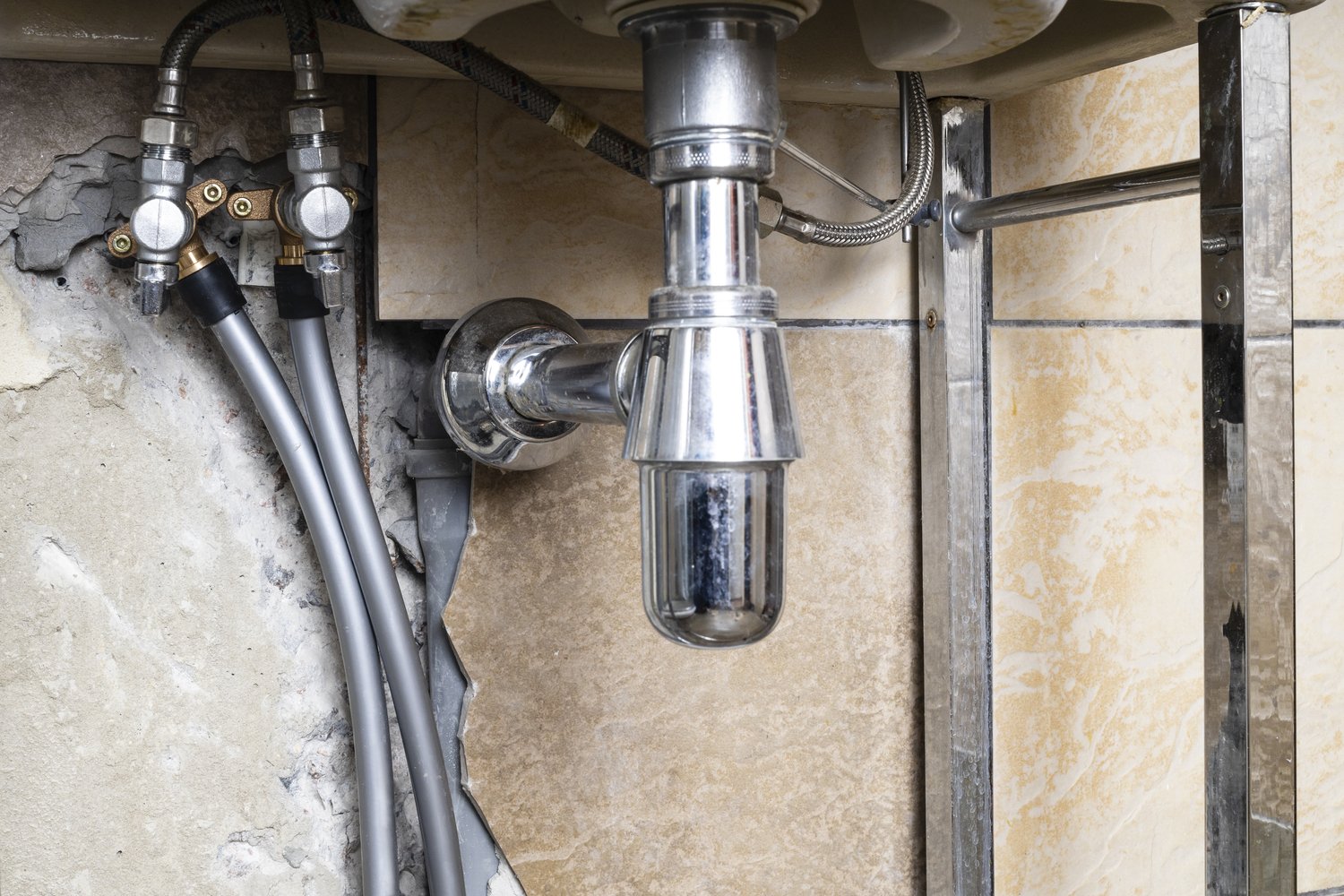Washing machine drain line backups can turn a routine laundry day into a nightmare, leaving you with pooling water and potential plumbing disasters. Tackling these issues before they escalate is crucial to maintaining a peaceful home environment. Let’s dive into the specifics of preventing and fixing drain line backups, ensuring your washing machine runs smoothly and without a hitch.
- Understanding the causes: Uncover the typical culprits behind washing machine drain line backups and why regular maintenance is key.
- Spotting the signs: Learn how to identify early warnings like unusual noises or water accumulation that indicate potential drain line problems.
- Practical preventive measures: Discover effective strategies like routine cleaning and proper laundry load management to avoid drain line issues.
- Quick and effective solutions: Find out when a DIY fix will suffice and recognize when it’s time to call in professional plumbing help.
By understanding and applying these methods, you can prevent and manage drain line backups, keeping your laundry area efficient and stress-free. Dive in to learn how to maintain your washing machine’s functionality and prevent future disruptions.
Understanding Washing Machine Drain Line Backup: Prevention and Quick Fixes
A washing machine drain line backup can disrupt your daily routine and potentially lead to more serious plumbing issues if not addressed promptly. Understanding the common causes of these backups is the first step in prevention.
Frequent reasons for drain line backups include lint accumulation, soap scum buildup, and foreign objects lodged in the drain. These elements can create blockages that restrict water flow, leading to backups.
Regular maintenance of your washing machine and its associated plumbing can significantly reduce the chances of a drain line issue. By routinely inspecting and cleaning the drain hoses and filters, you can prevent debris from building up and causing blockages.
Simple preventive measures can save you from the hassle of dealing with a serious plumbing problem and help maintain a healthy, efficient laundry system. By staying vigilant and proactive, you can mitigate the risks associated with washing machine drain line backups.
Signs of a Problematic Drain Line
Identifying early signs of a problematic drain line can help you address potential issues before they escalate into more significant plumbing problems. One of the most common indicators is the presence of unusual noises during the washing machine’s drainage cycle. Gurgling sounds or loud vibrations might suggest a restriction or blockage in the drain line.
Another essential sign to watch out for is water pooling around the base of your washing machine. This can indicate a partial or complete blockage, preventing water from draining efficiently.
Observing that your washing machine is draining slower than usual is another potential red flag. If water lingers in the drum after a wash cycle, it could signal the beginnings of a backup.
It’s crucial to pay attention to these signs and act quickly. Early intervention can prevent more severe issues, saving you time, money, and the inconvenience of a malfunctioning washing machine.
Implementing Effective Washing Machine Drain Line Backup: Prevention and Quick Fixes
Keeping your washing machine drain line clear and fully functional is essential for maintaining an efficient laundry system. It’s important to adopt preventative measures to avoid frustrating clogs or backups that can disrupt your routine.
Regular maintenance and vigilance can go a long way in preventing washing machine drain line issues. Start with a consistent cleaning routine to ensure any lint or debris doesn’t accumulate and cause blockages. A simple way to maintain this is by introducing a habit of inspecting the drain hose monthly, ensuring it is free from obstructions. This practice will also help keep unpleasant odors at bay.
Another critical aspect of prevention is managing your load size effectively. Overloading the washing machine can increase wear and tear on the appliance and strain the drain line, potentially leading to clogs. Consult your washing machine manual to understand the recommended load capacity and stick to it whenever possible. This not only safeguards your appliance but also enhances its performance.
Quick Fixes for Immediate Relief
Even with preventive measures in place, encountering a drain line backup can be a possibility. Fortunately, there are some quick DIY solutions you can try before you call in a professional plumber.
If you notice water pooling or slow drainage, one immediate fix is to inspect and clear the drain hose. Disconnect the hose carefully and check for any visible obstructions or debris. If clogged, a gentle rinse with a garden hose can dislodge any blockages.
In some cases, using a mixture of vinegar and baking soda can be effective in dissolving minor clogs. Pour half a cup of baking soda down the drain, followed by a cup of vinegar, and allow it to sit for 15-30 minutes before flushing with hot water. This method can help clear mild blockages and refresh the drain line.
However, if the problem persists or you encounter a more significant blockage, it might be time to seek professional assistance. A licensed plumber has specialized tools and expertise to handle stubborn clogs and ensure your plumbing system functions optimally without inflicting any damage.
FAQs about Washing Machine Drain Line Backup
What causes a washing machine drain line backup?
Common causes include lint buildup, pipe blockages, and improper installation.
How can I tell if my drain line is clogged?
Signs include:
- Unusual gurgling noises.
- Water pooling around the machine.
- Slow draining.
What can I do to prevent a drain line backup?
Regularly clean the drain filter, use the correct detergent, and avoid overloading the machine.
Are there any quick fixes for drain line issues?
Try using a plunger or a drain snake to clear minor clogs. For persistent issues, consult a plumber.
When should I call a professional plumber?
If the drain remains clogged after DIY attempts or if you notice severe leaks.





